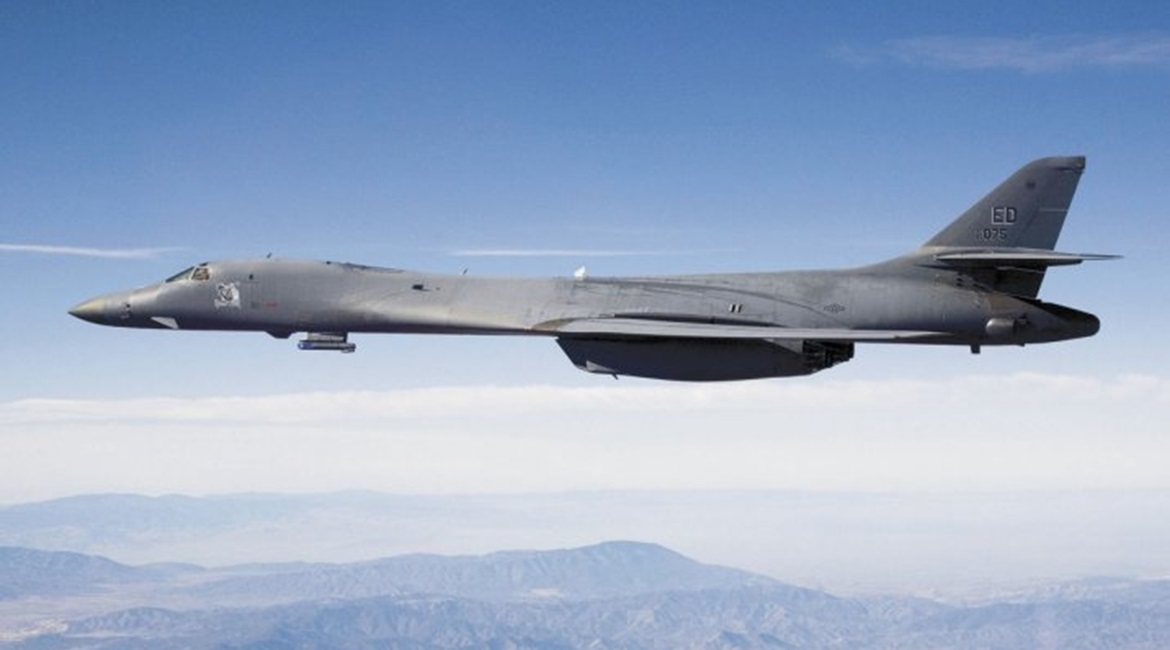
Rapidly growing operations and maintenance (O&M) costs are forcing the US Air Force (USAF) to request record budgets despite having an all-time low force structure, a scenario that a Washington, DC, think-tank believes is unsustainable.
The Center For Strategic and International Studies (CSIS) said in its 29 October report, ‘The Air Force of the Future: A Comparison of Alternative Force Structures’, that the USAF’s fiscal year 2020 (FY 2020) budget request of about USD205 billion would bring its total budget to a level that is higher in real terms than the peak reached at the height of the wars in Iraq and Afghanistan in FY 2010 and the second highest ever in the service’s 72-year history.

A new study found that the USAF is requesting larger budgets than ever with its smallest force structure because of rapid growth in O&M costs. The study said an increase in operational tempo cannot be blamed as this has largely been focused on a handful of aircraft including the Boeing B-1B Lancer (pictured). (US Air Force)
When the USAF budget reached its all-time high in FY 1985 of USD210 billion in FY 2020 dollars (or USD99.4 billion in then-year dollars), it had a total active inventory (TAI) of more than 9,400 aircraft, with an active duty strength of 602,000 and 264,000 civilian full time equivalents. The USAF in FY 2020 is similar in size but only supports about 5,300 aircraft, 330,000 active duty service members, and 179,000 civilian FTEs.
For roughly the same level of funding as it received at the height of the Cold War, the USAF currently has just half as many aircraft and active duty service members. This is because the costs of operating, staffing, and equipping the force have become increasingly expensive over time.
Looking to read the full article?
Gain unlimited access to Janes news and more...




